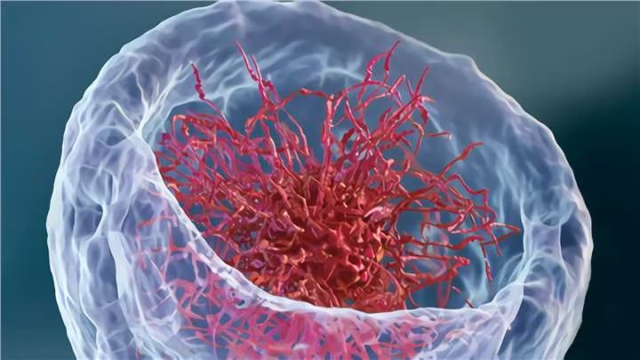Extracellular vesicles (EVs), particularly exosomes, have emerged as vital mediators of intercellular communication. Among their diverse molecular cargos, RNA molecules represent a particularly rich source of biological information. Sequencing exosomal RNA provides unique opportunities to decode cellular activity, uncover disease biomarkers, and advance therapeutic development. While whole transcriptome sequencing offers a broad view, specialized sequencing approaches targeting distinct RNA types—miRNA, mRNA, lncRNA, and circRNA—are increasingly critical for precision insights.
miRNA Sequencing: Small but Powerful Regulators
MicroRNAs (miRNAs) are short non-coding RNAs that regulate gene expression post-transcriptionally. Within exosomes, miRNAs are selectively packaged and delivered to recipient cells, influencing diverse biological processes including cell proliferation, apoptosis, and immune modulation. Profiling exosomal miRNAs through exosomal miRNA high-throughput sequencing for biomarker discovery can reveal disease-specific expression signatures, offering promising biomarkers for cancer, cardiovascular disease, and neurological disorders.
mRNA Sequencing: Capturing the Coding Landscape
Messenger RNAs (mRNAs) represent the coding fraction of exosomal RNA cargo. Sequencing exosomal mRNA provides direct insights into which genes are actively transcribed and potentially translated into proteins. For researchers, this information is invaluable for linking gene expression to cellular phenotypes and identifying dysregulated pathways in disease states. Exosomal mRNA profiling can also highlight tumor-derived transcripts circulating in the blood, opening avenues for non-invasive liquid biopsy applications. For comprehensive analysis, researchers often turn to whole transcriptome sequencing of extracellular vesicle RNA, which captures both coding and non-coding elements.
lncRNA Sequencing: Decoding the Non-Coding Regulators
Long non-coding RNAs (lncRNAs) exceed 200 nucleotides and play crucial roles in transcriptional and epigenetic regulation. Exosomal lncRNAs are increasingly recognized as functional molecules rather than passive byproducts. They can modulate gene expression networks, participate in cancer progression, and act as messengers in immune responses. By sequencing exosomal lncRNAs, researchers gain access to a layer of regulation often overlooked by conventional transcriptomic studies. Importantly, aberrant lncRNA expression patterns in exosomes are being investigated as early diagnostic markers for complex diseases.
circRNA Sequencing: Unlocking Stable Circular Transcripts
Circular RNAs (circRNAs) are covalently closed RNA molecules with remarkable stability compared to linear RNAs. Their resistance to exonuclease degradation makes them highly enriched in exosomes, where they act as sponges for miRNAs or interact with RNA-binding proteins. Sequencing exosomal circRNAs through a dedicated circRNA sequencing of exosomal RNA for cancer research helps identify novel regulatory molecules with potential relevance in cancer, neurodegeneration, and metabolic diseases.
Integrating Specialized Exosomal RNA Sequencing
Together, these specialized sequencing strategies create a detailed map of exosomal RNA content. miRNA, mRNA, lncRNA, and circRNA profiling each contributes unique perspectives, from post-transcriptional regulation to protein-coding activity and non-coding network interactions. By combining datasets, researchers can build multi-layered regulatory models, advancing both basic biology and translational medicine.
Specialized exosomal RNA sequencing is poised to play a key role in next-generation diagnostics and therapeutics. As interest in liquid biopsy and extracellular vesicle biology continues to expand, targeted sequencing of different RNA classes will remain essential for uncovering the hidden complexity of cellular communication and disease processes.







